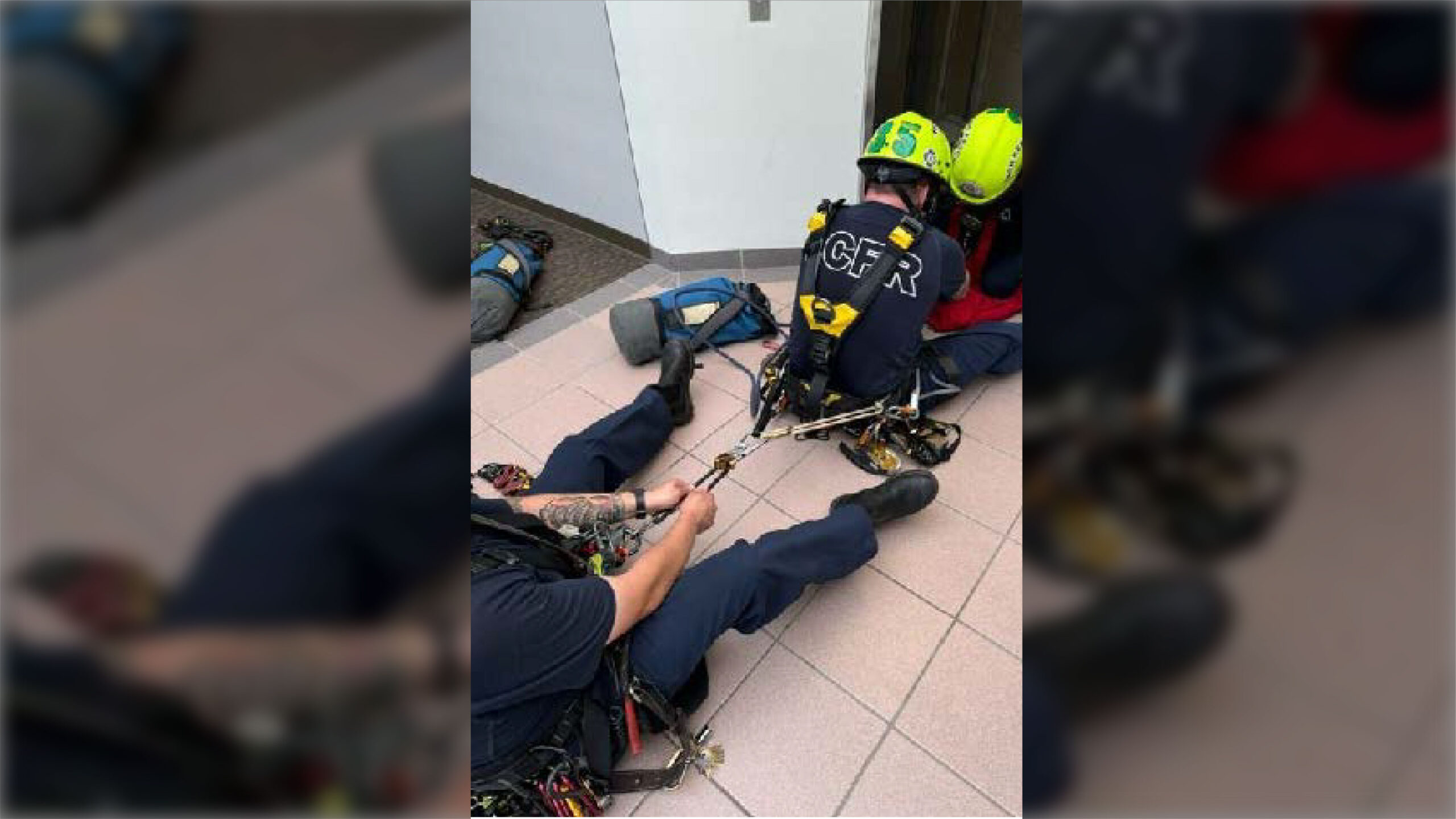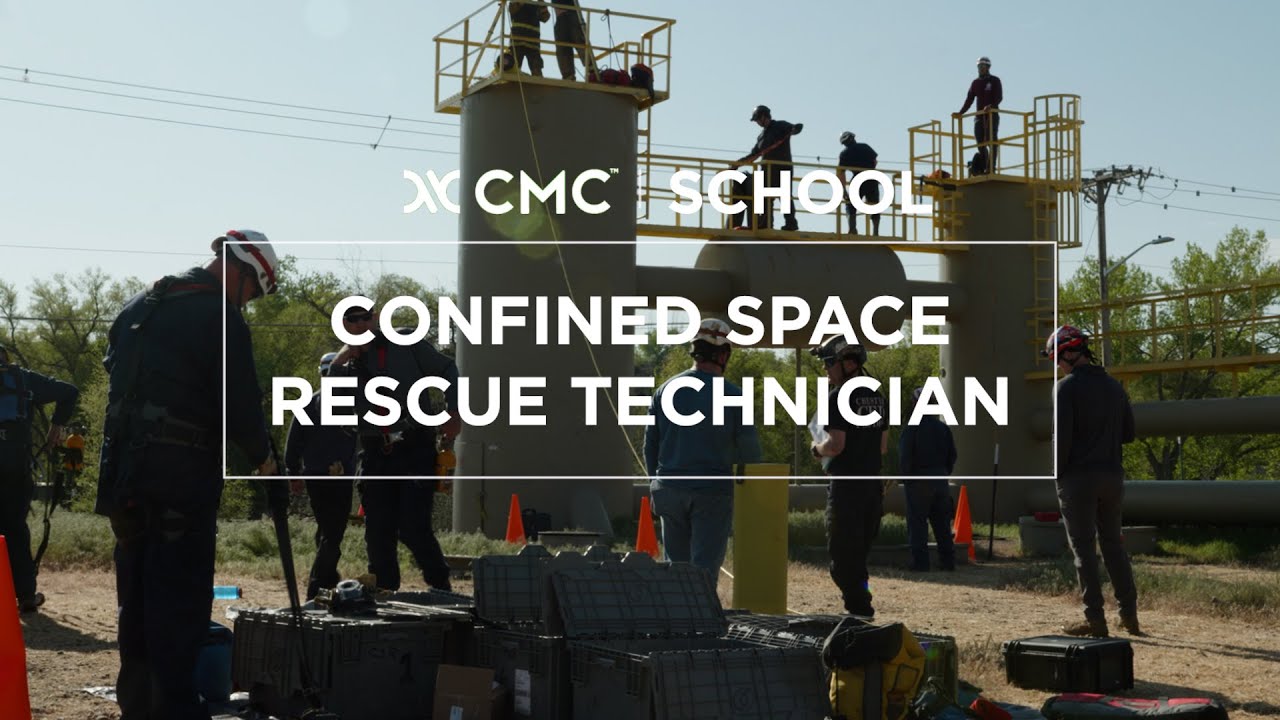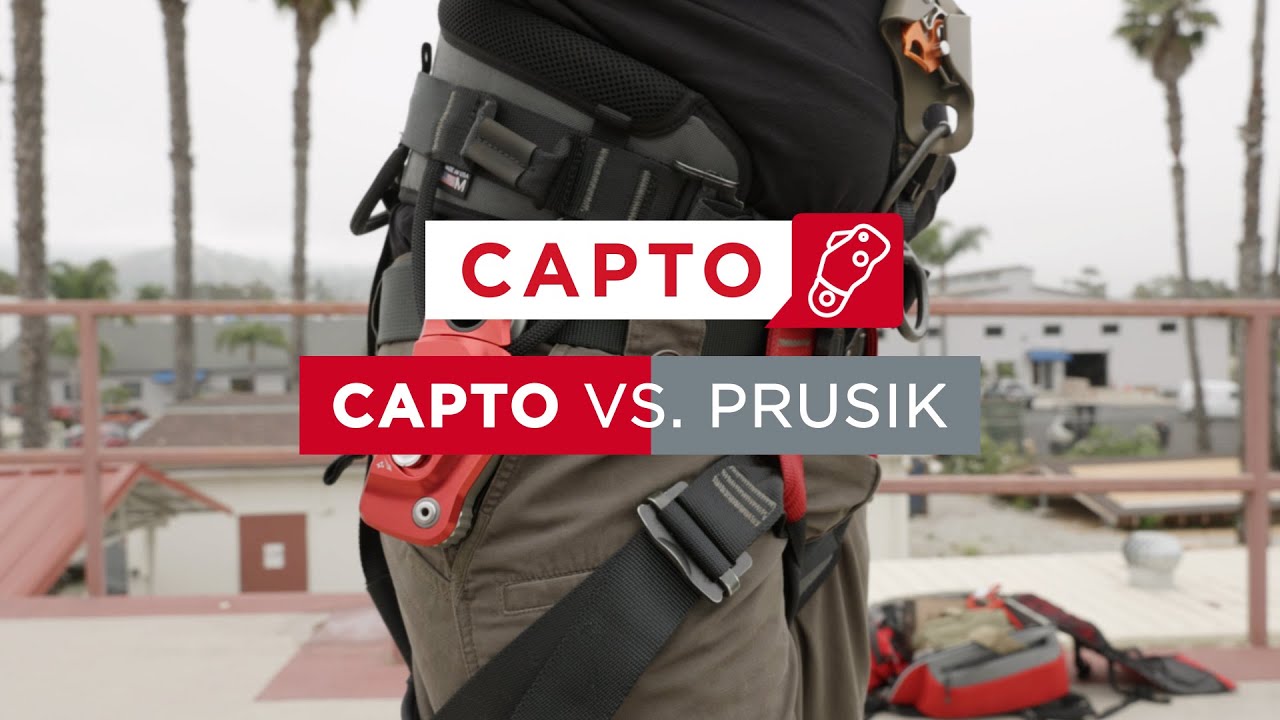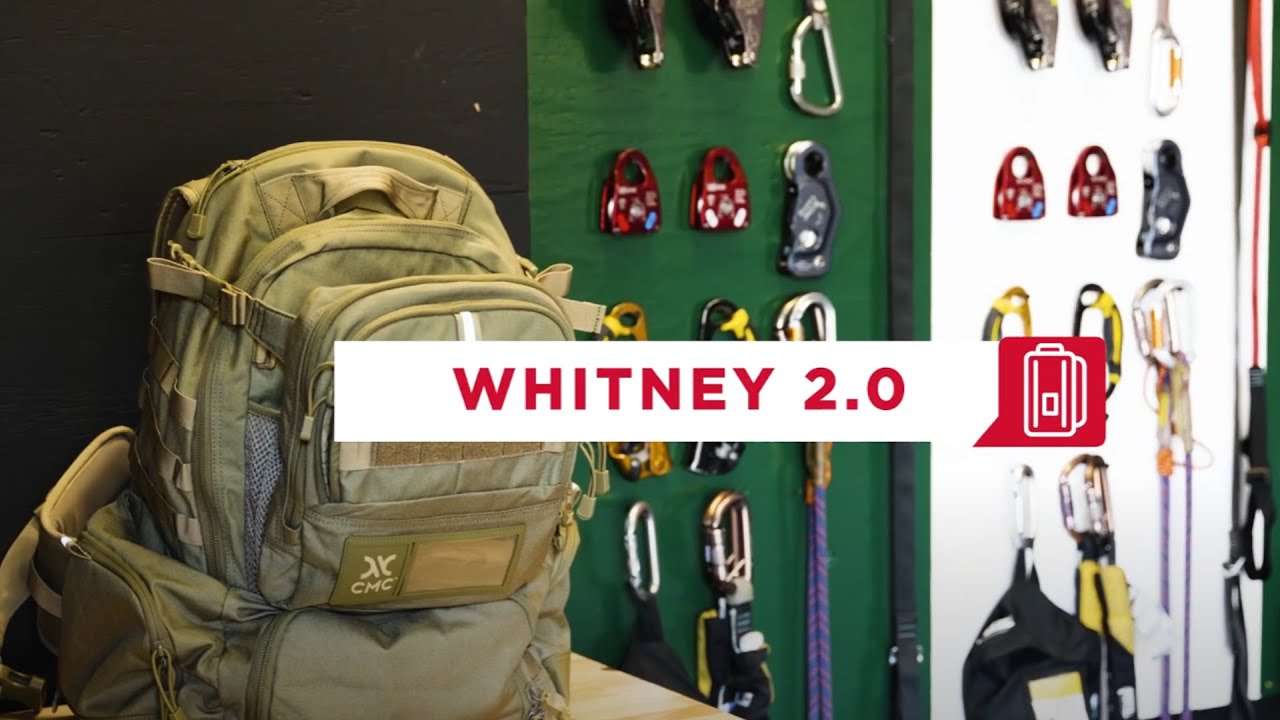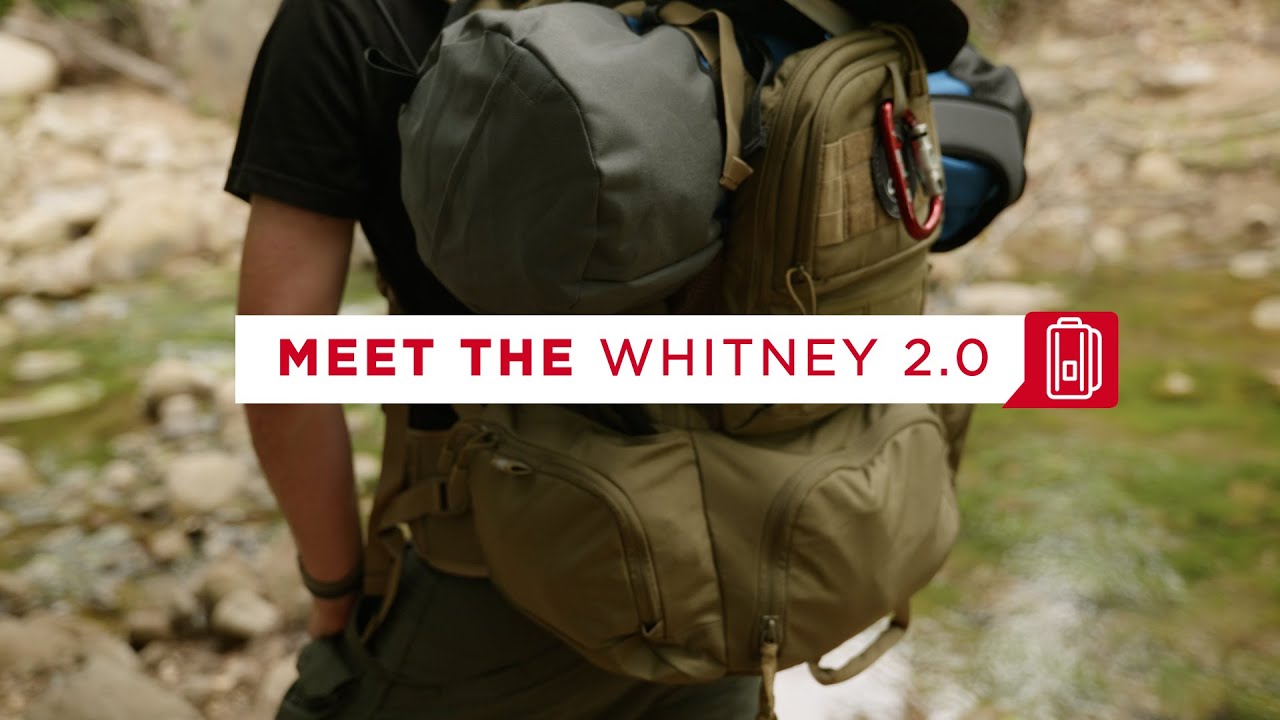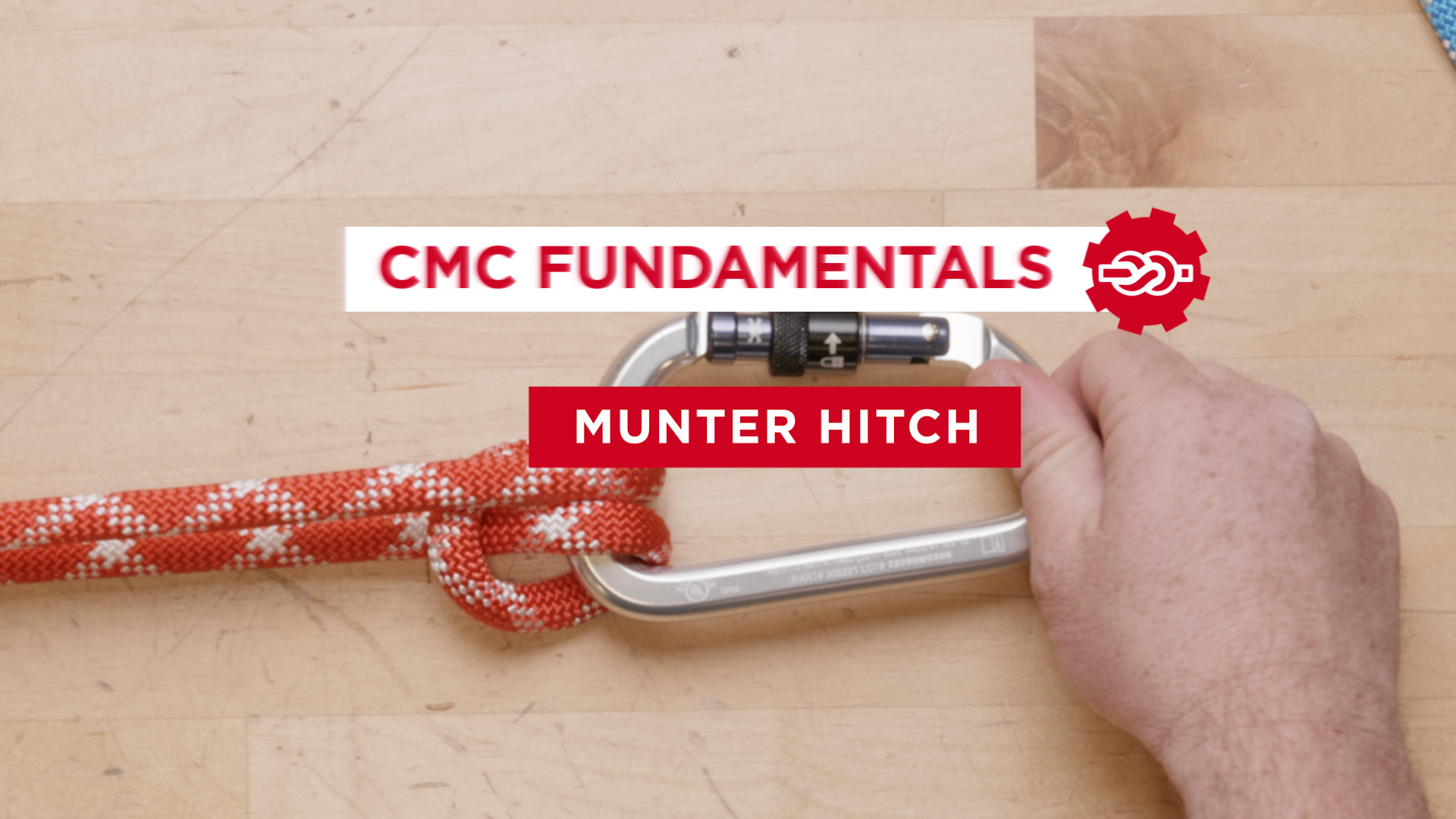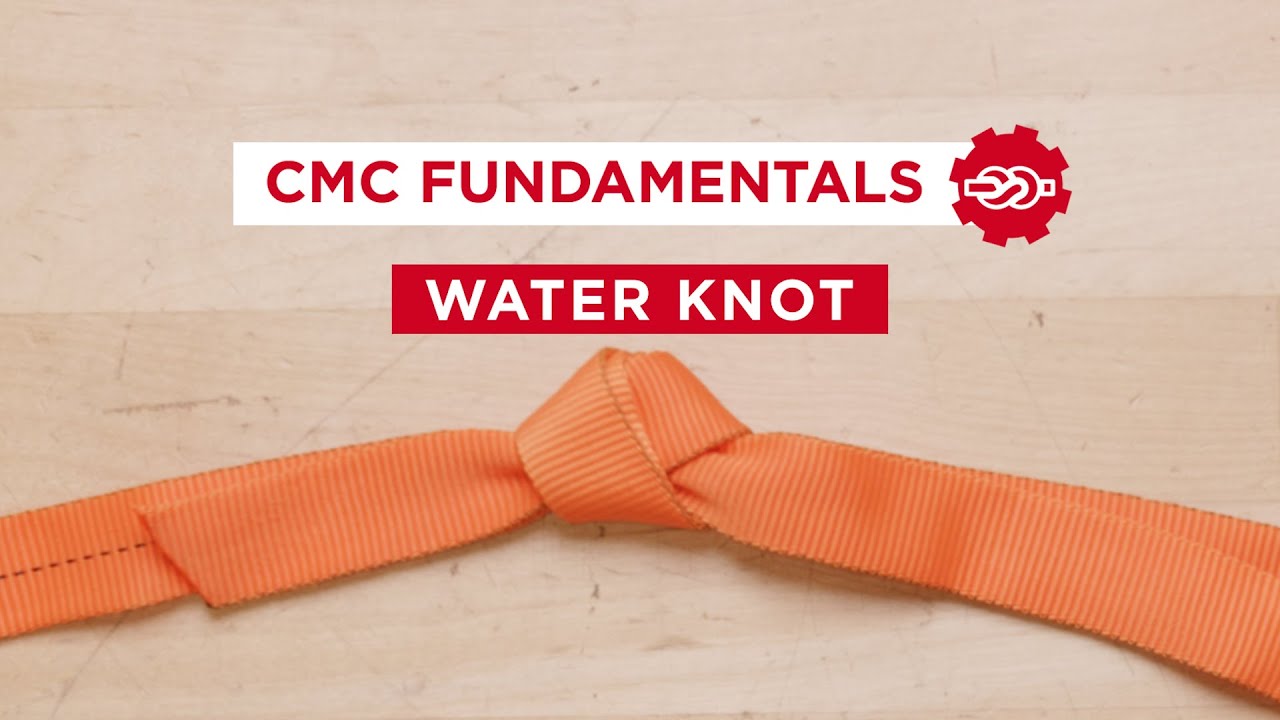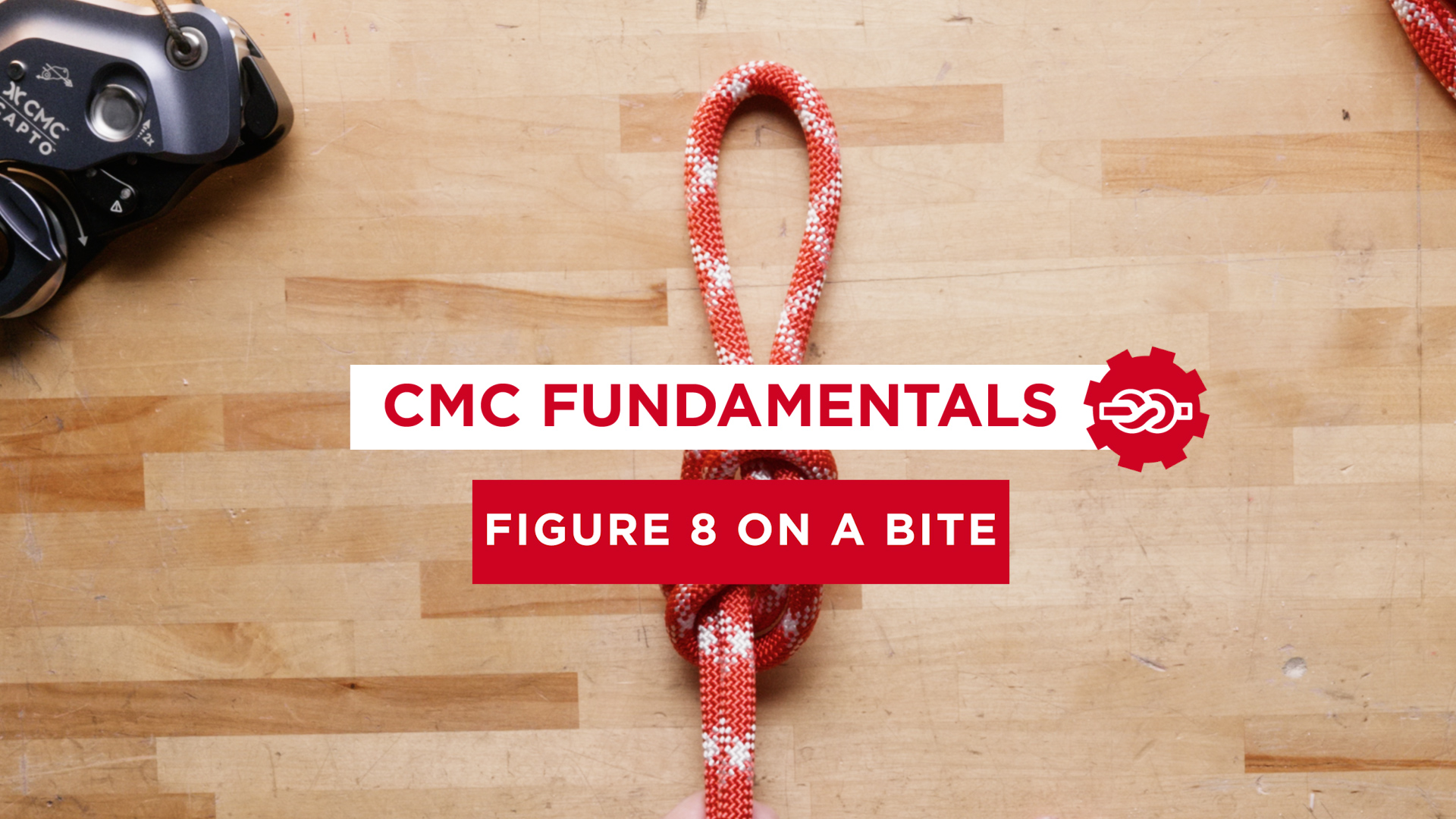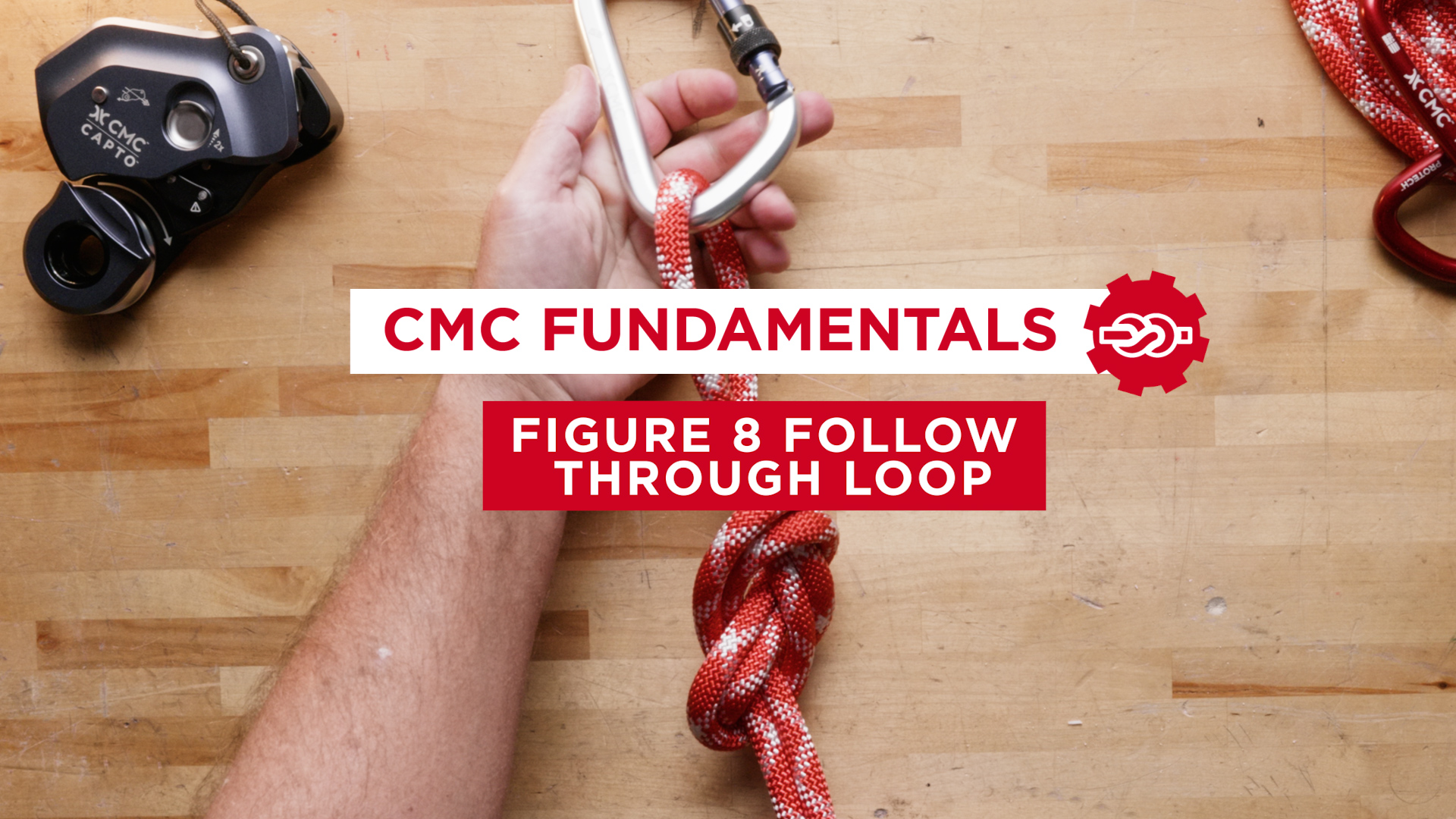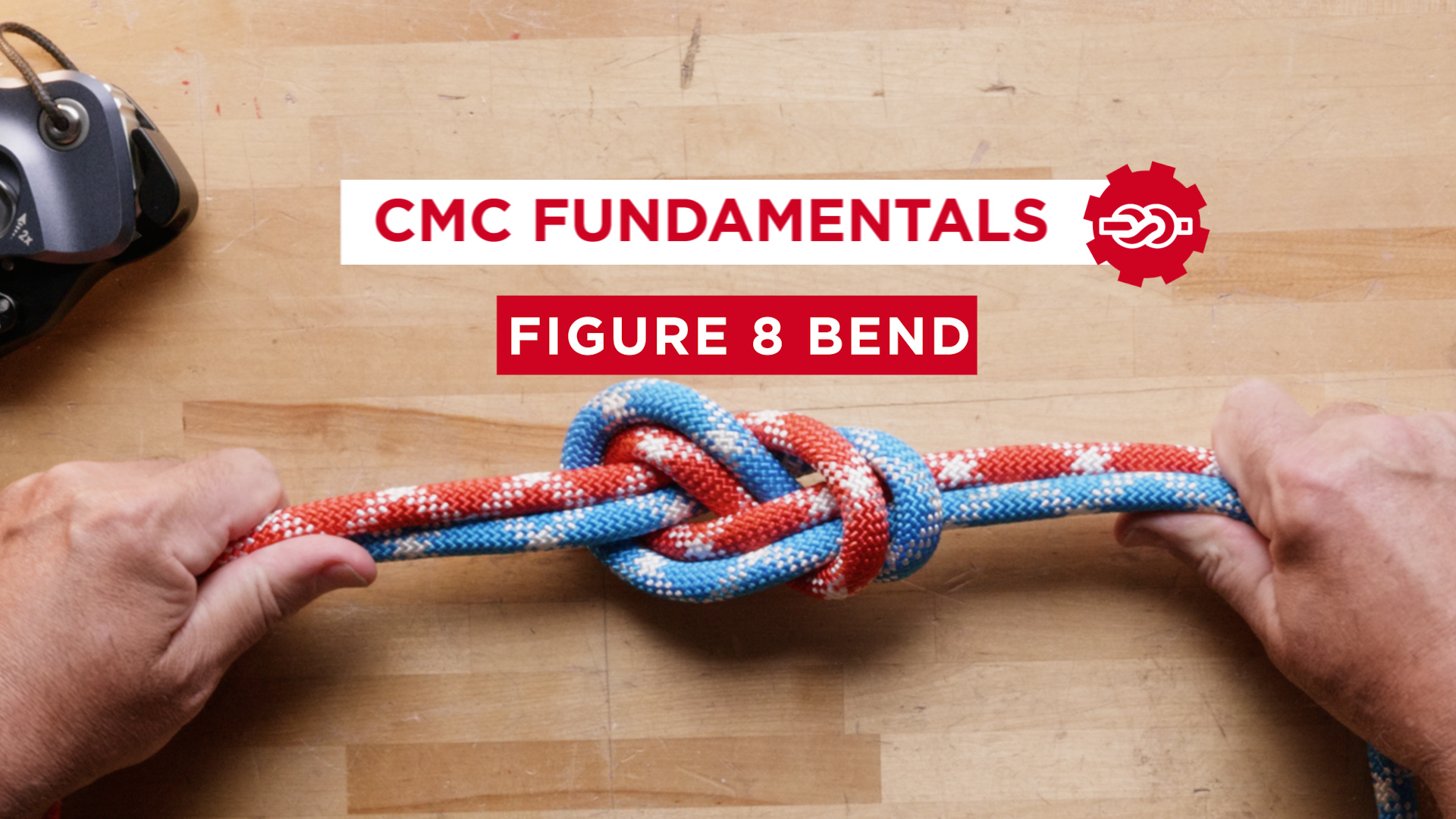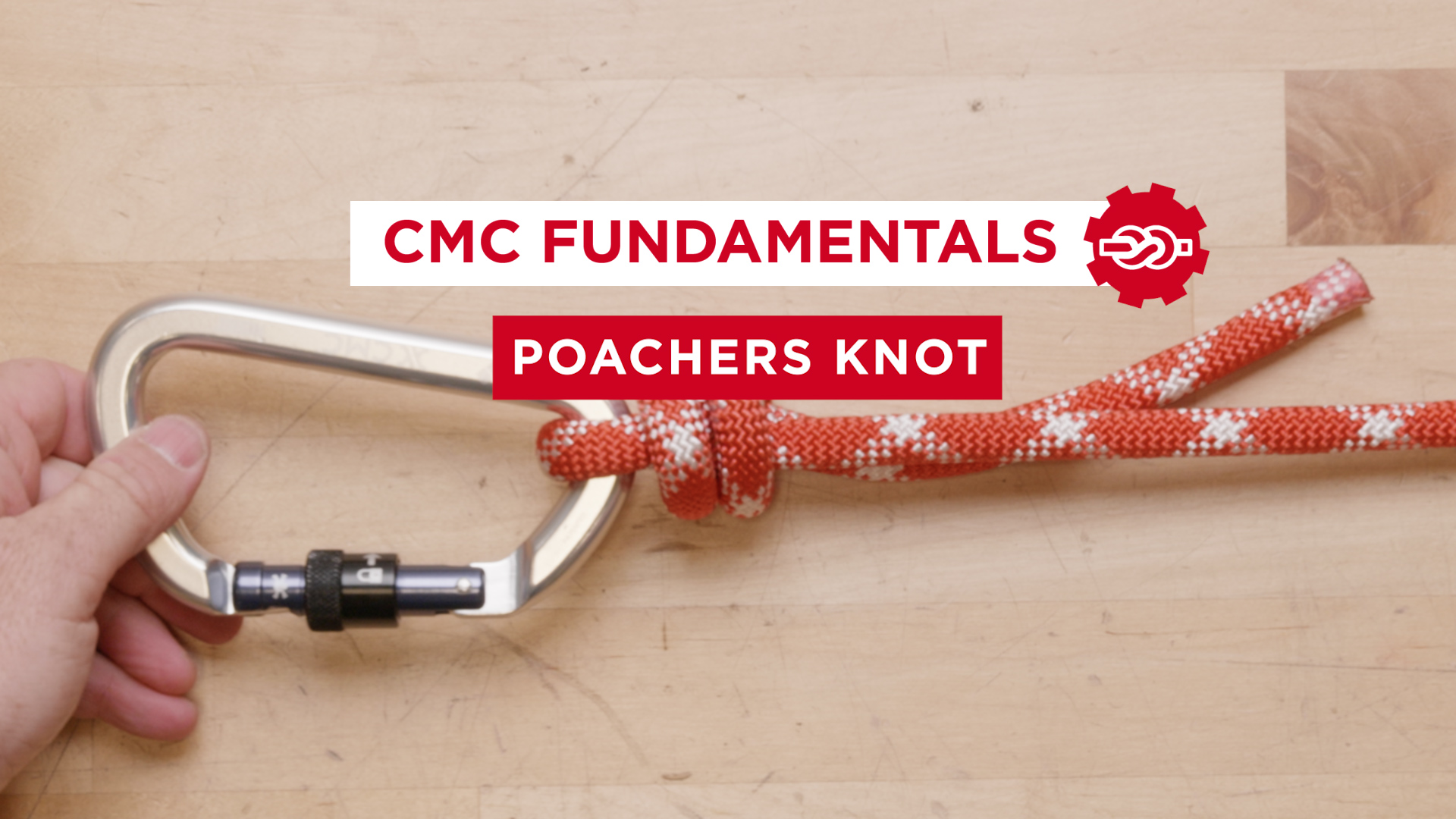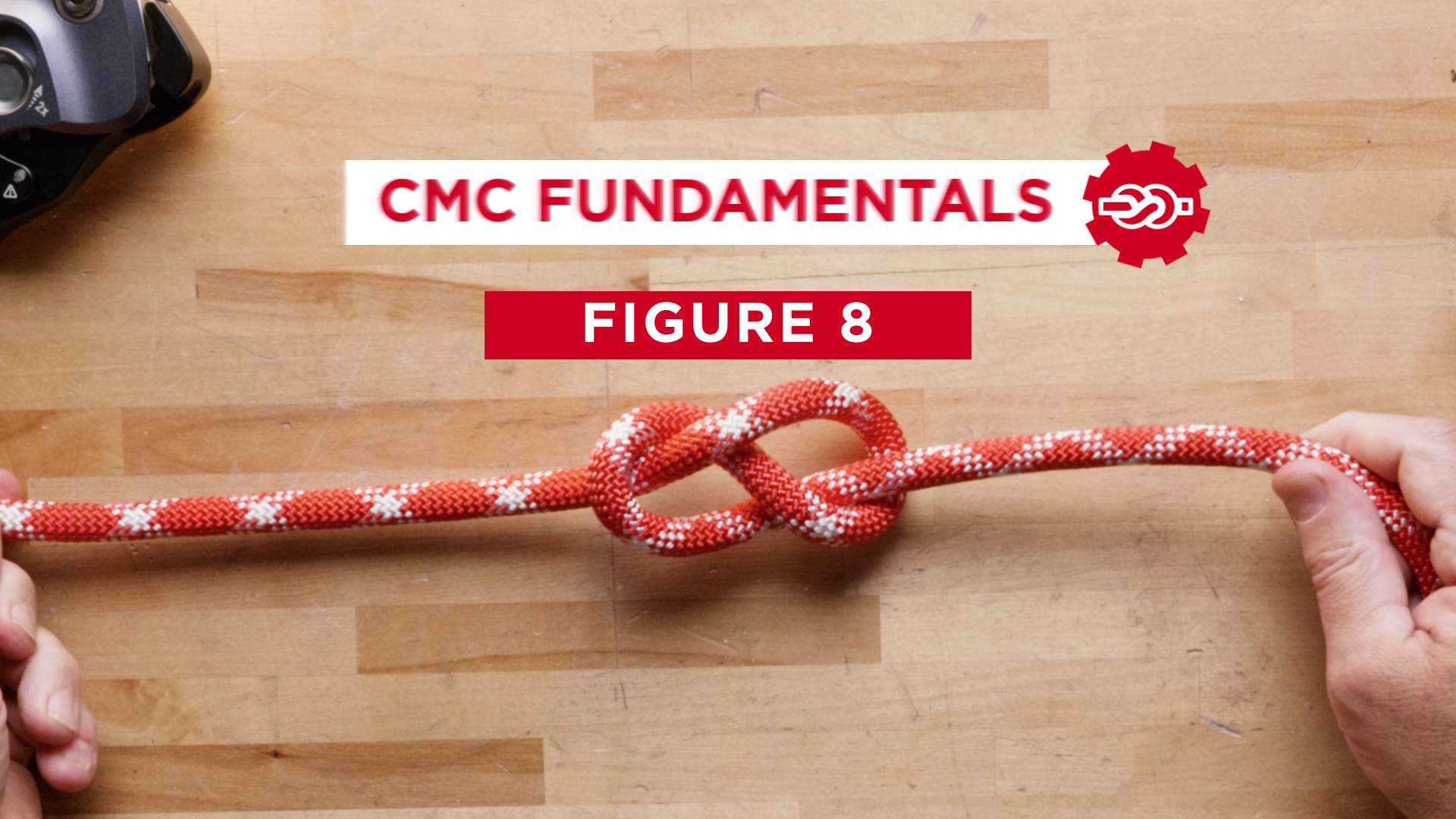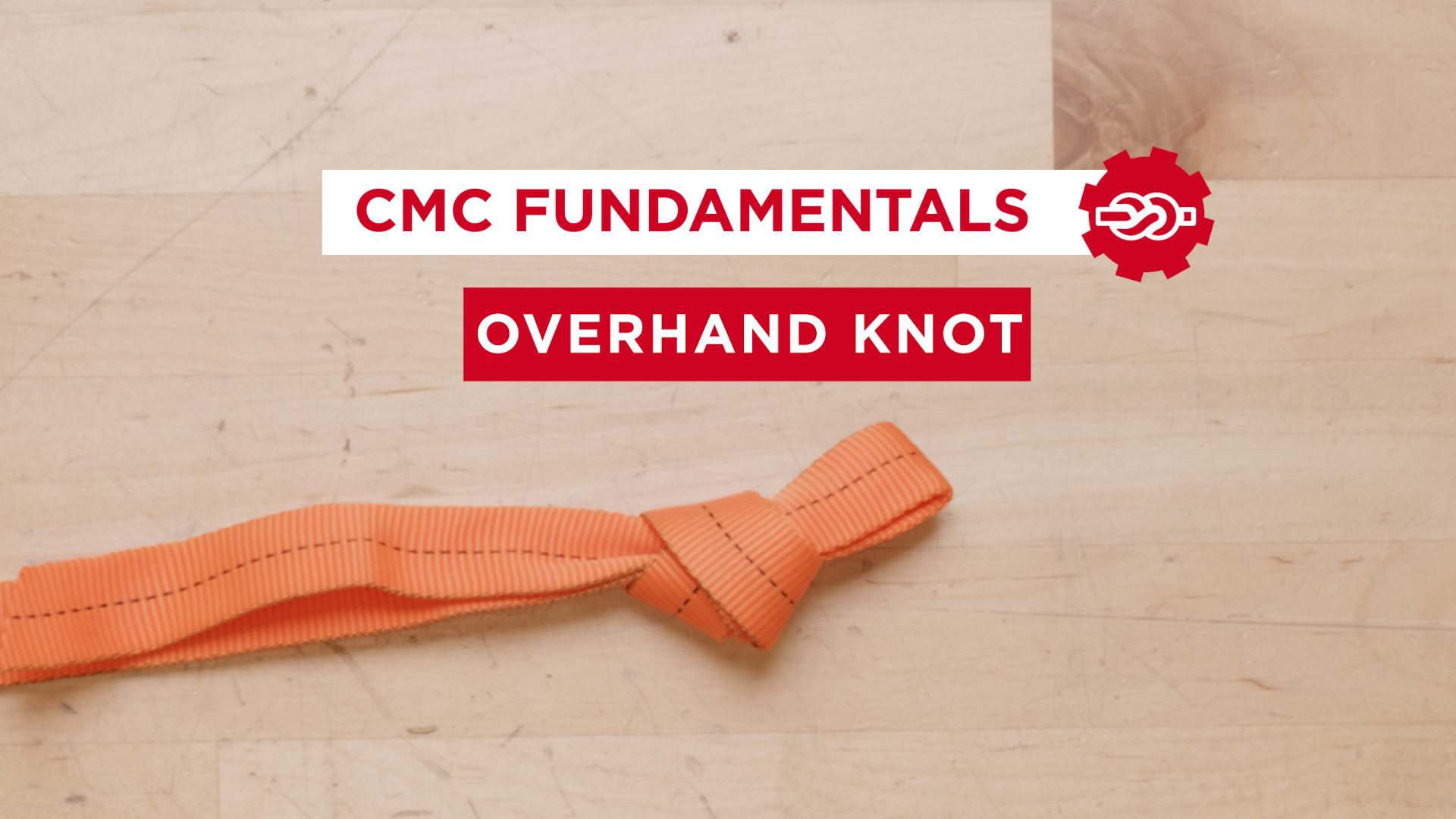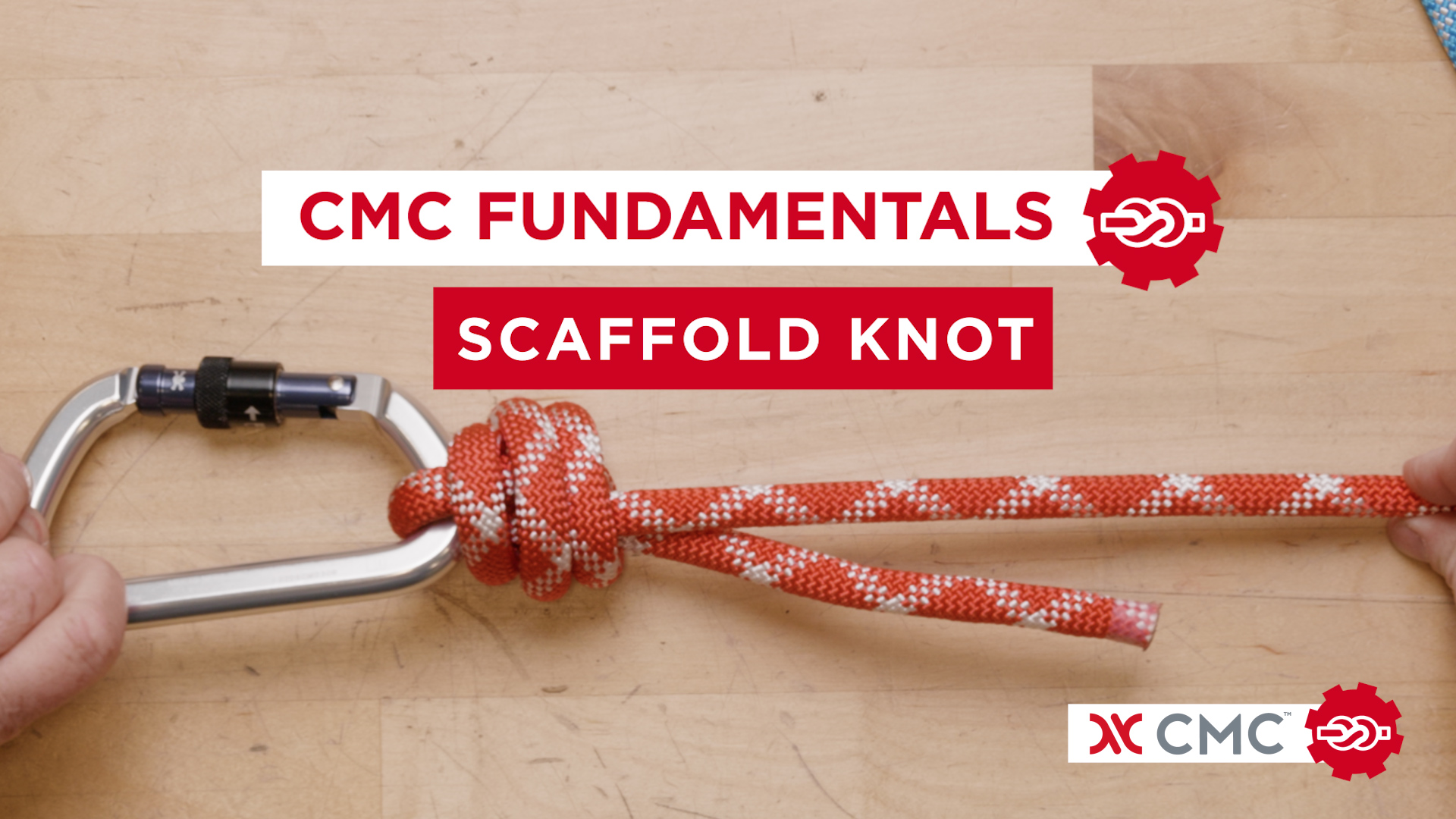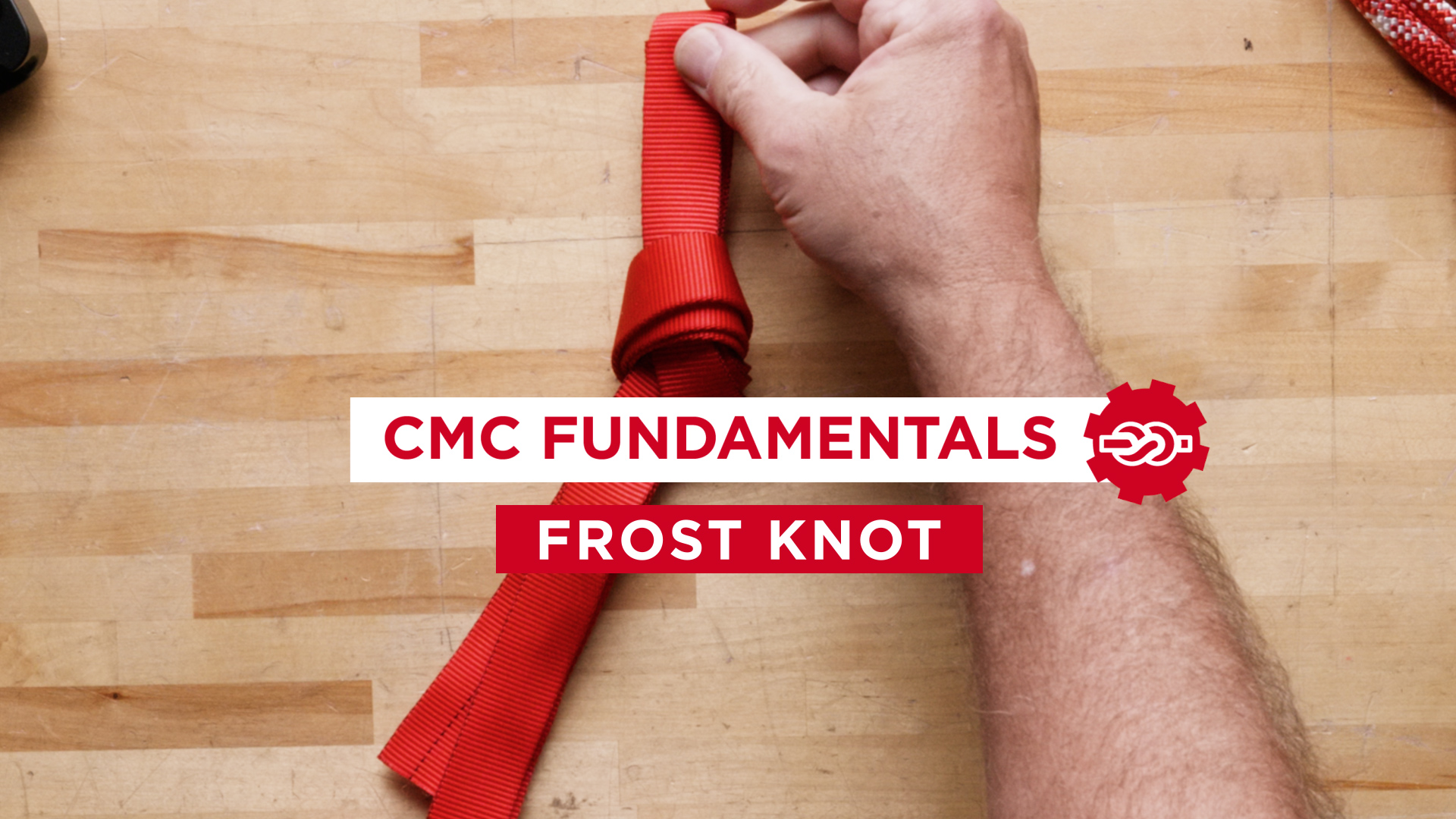An Introduction to Short Haul Operations - Helicopter Rescue
An Introduction to Short-haul Operations from Super Huge Films on Vimeo.
This video introduction to short-haul operations, produced in cooperation with the National Park Service and the US Forest Service, is designed to give interagency management teams an introduction to the operational and risk assessment procedures for safe short-haul operations.
Short-Haul is defined as transporting one or more persons suspended beneath a helicopter. Typically the duration of the flight is as short as possible to a suitable landing zone where the patient may be loaded internally or transferred to a higher level of medical care.
The National Park Service has been using this rescue technique successfully since 1986. Service wide, there are more than thirty short-haul rescues each year. Short-haul techniques used within the National Park Service were adapted from methods used by the military, Parks Canada and European rescue services. Since 1991 the ten parks that operate short-haul programs have convened annually to share lessons learned, update equipment and perform quality assurance. The ten parks that operate short-haul programs and convene annually are Grand Canyon, Denali, Sequoia Kings Canyon, Yosemite, Grand Teton, Mount Rainier, Zion, Yellowstone, Hawaii Volcanoes and North Cascades.
Park service short-haul mission profiles typically include forest, cliff, canyon, snow & glacier and river rescues from areas prohibitive of ground based evacuations. When utilized properly the technique can reduce the time, duration and number of rescue personnel exposed to hazardous environments. Short-haul has also proven to be valuable on interagency missions with the National Park Service supporting rescue efforts in county and state agencies as well as other parks within the geographic region. The United States Forest Service is initiating the use of short-haul in order to augment their ability to rescue injured employees.
Operational and Risk Assessment Procedures for Safe Short-Haul Operations
To qualify as short-haul rescuers, participants must be qualified helicopter crew members and attend annual helicopter short-haul training. During these training sessions short-haulers review the proactive operational risk management and briefing system used for rescue operations.
The risk assessment model used is called the GAR model for Green (Low Risk), Amber (Moderate) and Red (Implement Measures). It has proven to be a very effective tool for mitigating hazards and soliciting rescuer input before, during and following an operation.
Once a request for short-haul extraction has been made the flight crew assembles, which is typically the pilot, one spotter, one short-hauler and potentially a medical person. The flight crew will first receive a mission briefing, then load their required equipment onto the aircraft and then fly to the scene to perform a reconnaissance check flight. The goal of this flight is for the pilot and crew to get first-hand knowledge of the extraction site as well as to determine a suitable location for the staging site. The pilot relays the following information to the incident command post; GPS coordinates, pressure, altitude, outside air temperature, wind speed, wind direction, wind gust, power adequate, rotor clearance adequate. Once a thorough reconnaissance is complete, the helicopter will land at the staging site where the short-hauler and spotter will rig the short-haul rope to perform hook, radio and buddy checks and finalize the GAR risk assessment.
For short-haul missions the aircraft is rigged with both a primary and secondary release system for the short-haul line. The primary system is the cargo hook on the belly of the aircraft and the secondary system is the three ring release that must be mechanically activated by either the pilot or the spotter. In the event of an entanglement or other emergency need to jettison the short-haul line, either the spotter or the pilot releases the three ring mechanism followed by the pilot releasing the belly hook. The short-hauler always has the option to use a cut away knife in the event of an emergency.
The spotter is responsible for rigging the three ring release system and performing hook checks with the pilot prior to the mission. If not already installed, the line ballast bag is attached with two prusiks positioned 6 feet or less from the rescuer attachment ring. The spotter utilizes two anchor attachment points within the aircraft when not wearing the seat belt. The seat belt is always worn during take-off and landing. Prior to launch, rescuers and spotters conduct head-to-toe buddy checks to include tactile and verbal checks of personal protective equipment and communications.
In addition to meeting helicopter flight crew personal protective equipment standards, the following components complete the short-haul rescuer safety system.
– 2 Girth Hitched Lanyards
– Auto Locking Carabiners at appropriate length
– A secure seat harness free of entanglement
– A radio harness with radio frequencies confirmed
– An accessible cut away knife.
Depending on the nature of the injury, short-haulers will transport patients in a semi recumbent evacuation harness known as a screamer suit or prone in a Bauman Bag and litter combination. It is the goal of the short-haul module to transfer the patient from the point of injury to definitive medical care in a timely manner while minimizing the potential for further injury to the patients or rescuers.
When the short-haul module is located at the helibase, a hypothetical rescue timeline may look like this (with a total response time of approximately 80 minutes).
15 minutes – to prepare and load the aircraft.
30 minutes – to fly to the scene, perform a reconnaissance and land at the staging site.
10 minutes – to complete the rigging, buddy checks and final risk assessment.
20 minutes – to execute the short-haul insertion and extraction.
5 minutes – to transfer the patient internal or to another aircraft at the staging site.
The protocol for ordering a short-haul module will be established in the incident management team’s daily incident action plan. An essential step will be utilizing the medical incident report, also known as the 9 line protocol which is located in the pink section of the incident response pocket guide.
When a short-haul module arrives on your incident, you will take operational control of a multi-purpose tool. While fulfilling its mission as a rescue resource the helicopter and crew will be available for all routine mission assignments such as initial attack, crew shuttles, reconnaissance and bucket work. The short-haul module should become familiar with all established helispots and should perform pilot and crew proficiency flights. The presence of a short-haul module should not influence your incident tactical decisions on the fire line as environmental factors, mechanical considerations or crew limitations may impact the capability of this resource.
The short-haul module manager will be a great asset in helping you accomplish your routine assignments while maintaining rescue readiness. With the limited availability of short-haul modules it is essential that all key elements of the incident management team understand how this resource may be shared. The short-haul module may not be located on your helibase. Therefore, utilizing this resource will require positive communication and coordination between incident management teams, dispatch centers and multi-agency coordination groups. A radius response map is an example of how to provide short-haul capability to multiple incidents within a geographic area or across regional boundaries.
Take the time to connect with a short-haul module manager, observe a training proficiency and establish positive lines of communication so that this valuable resource may be wisely used when needed.
The Short-Haul video is a National Park Service production. Fostering interagency cooperation for timely rescue. Edited by Mike Shain

